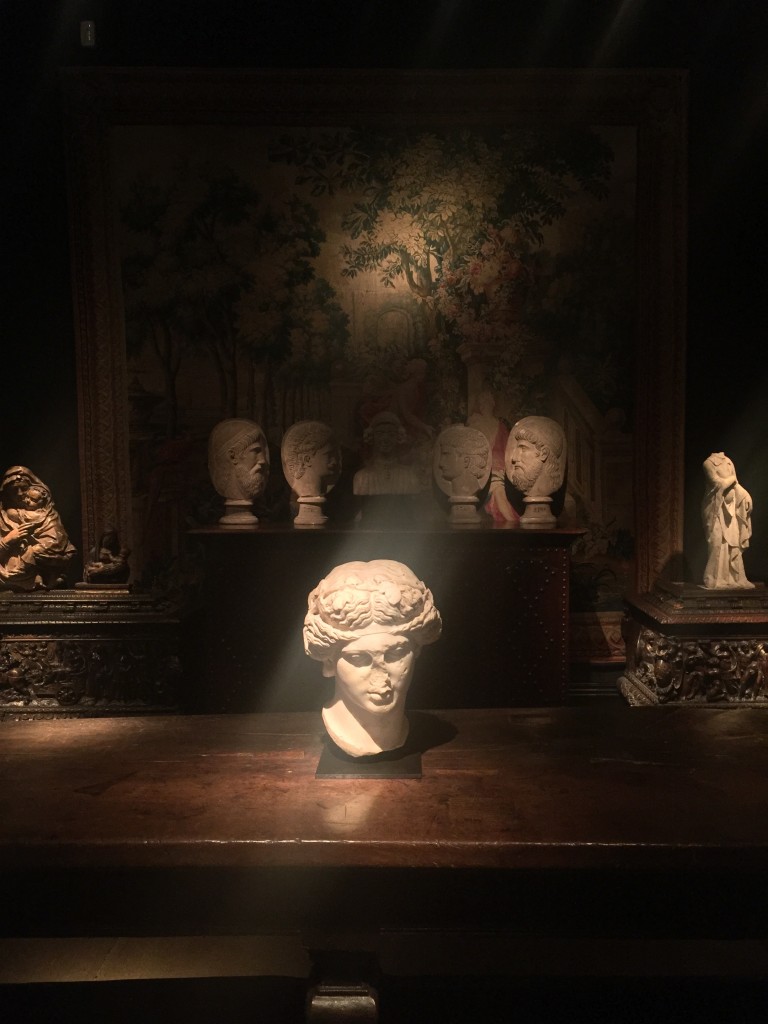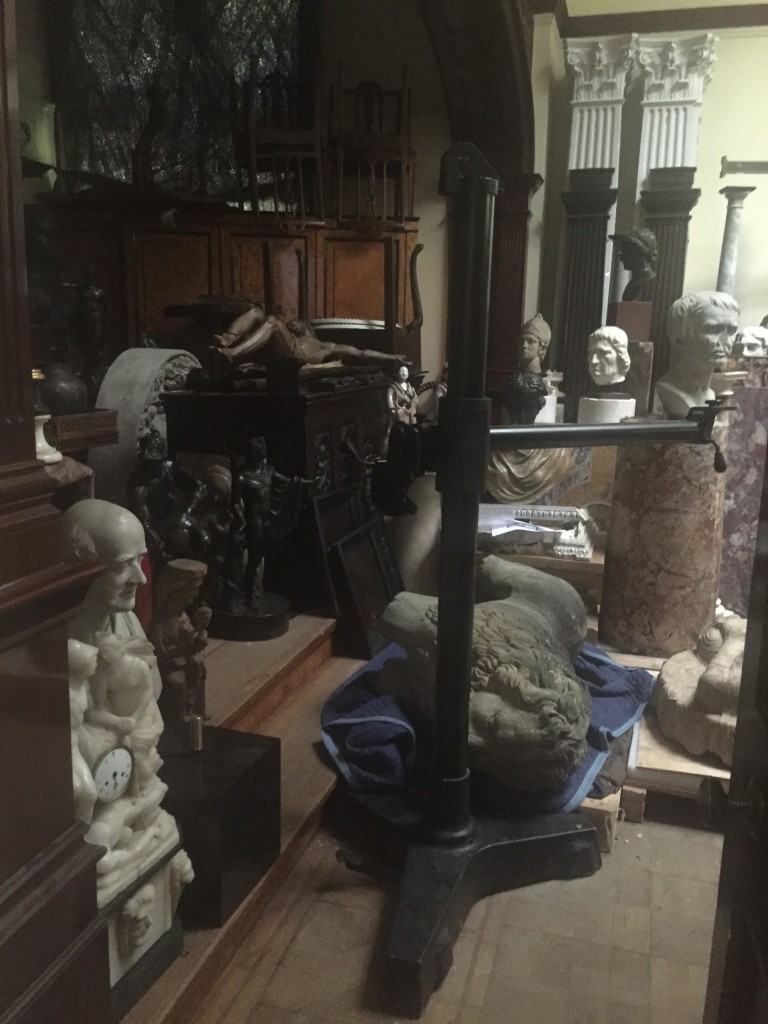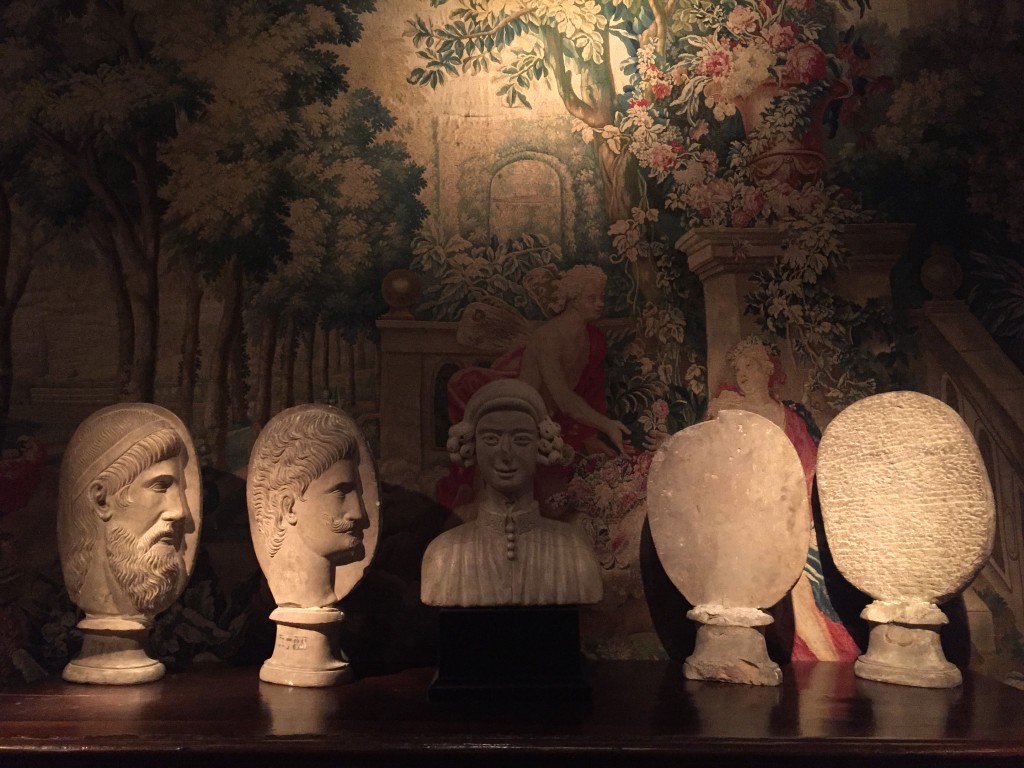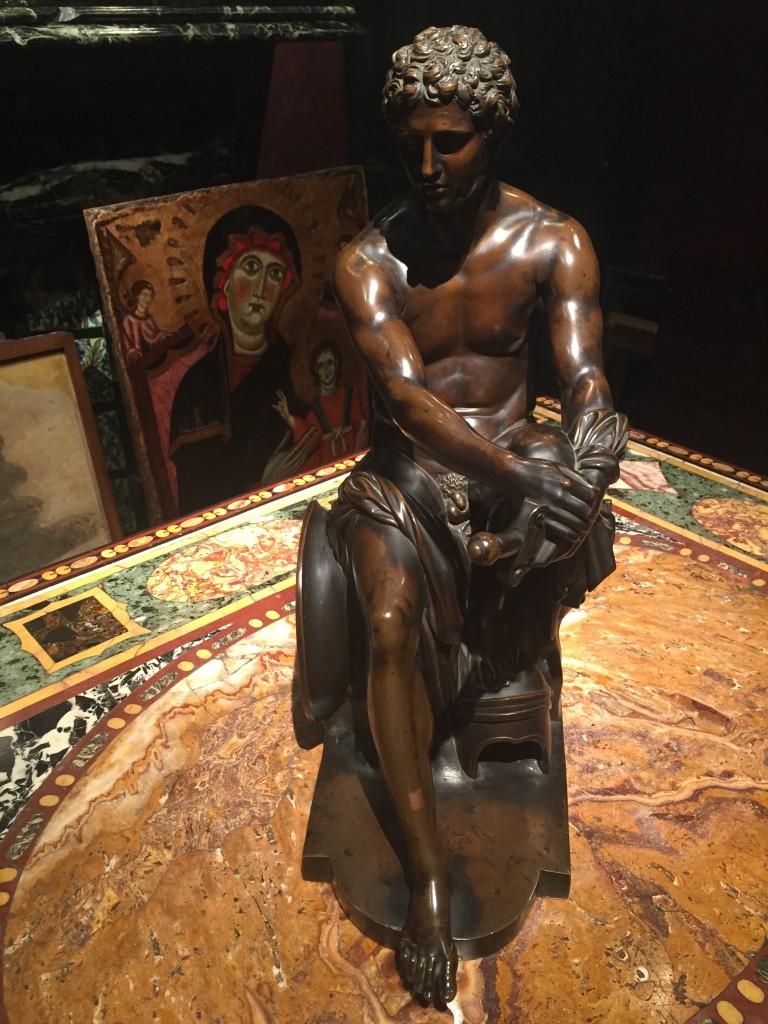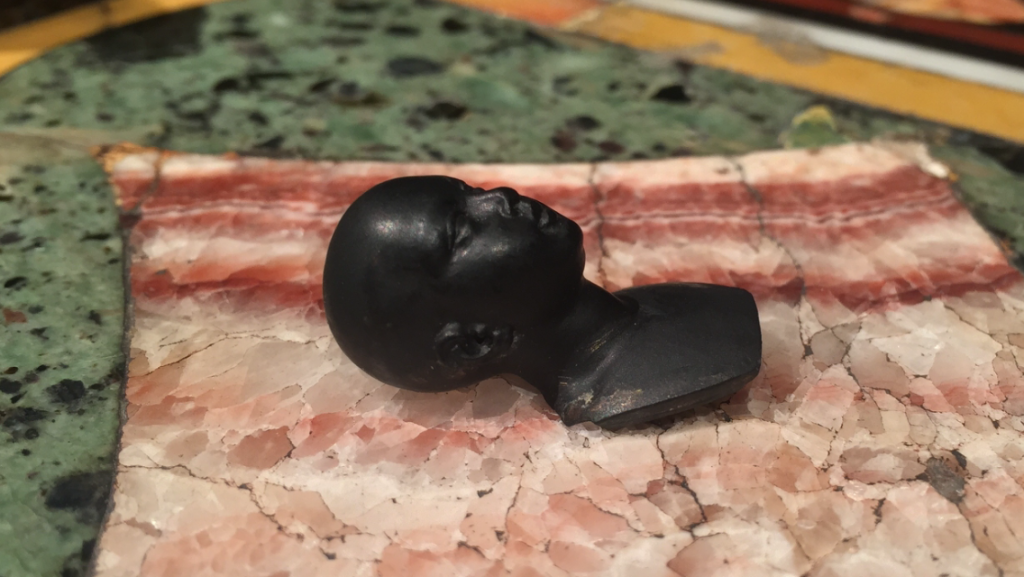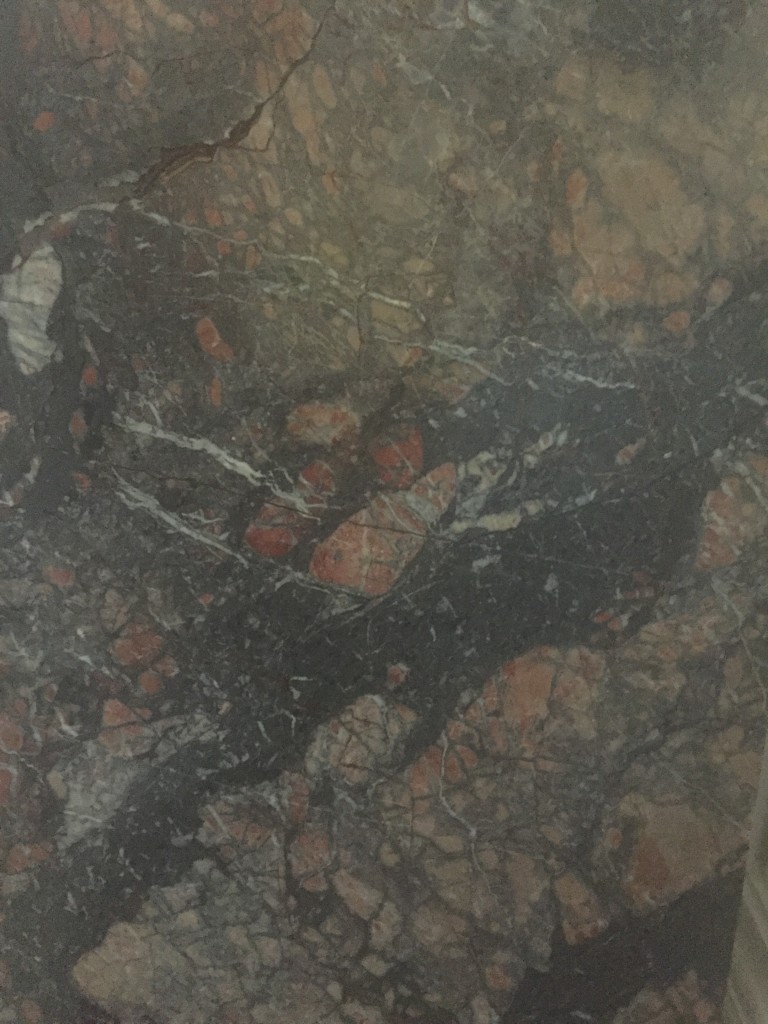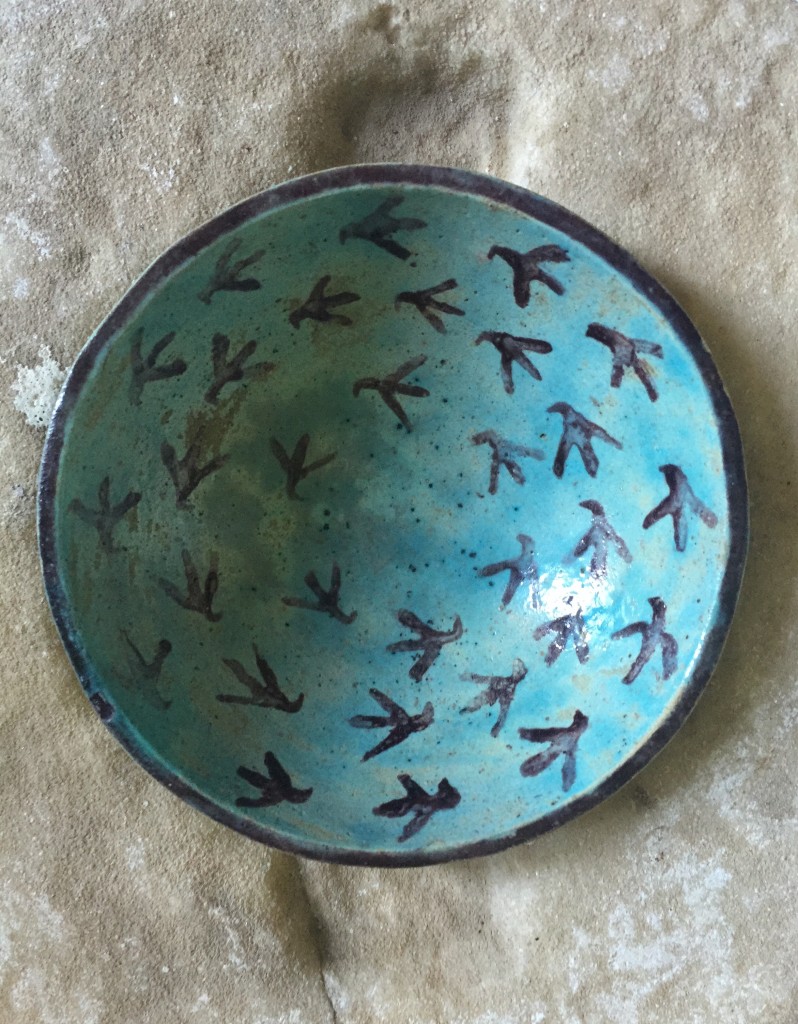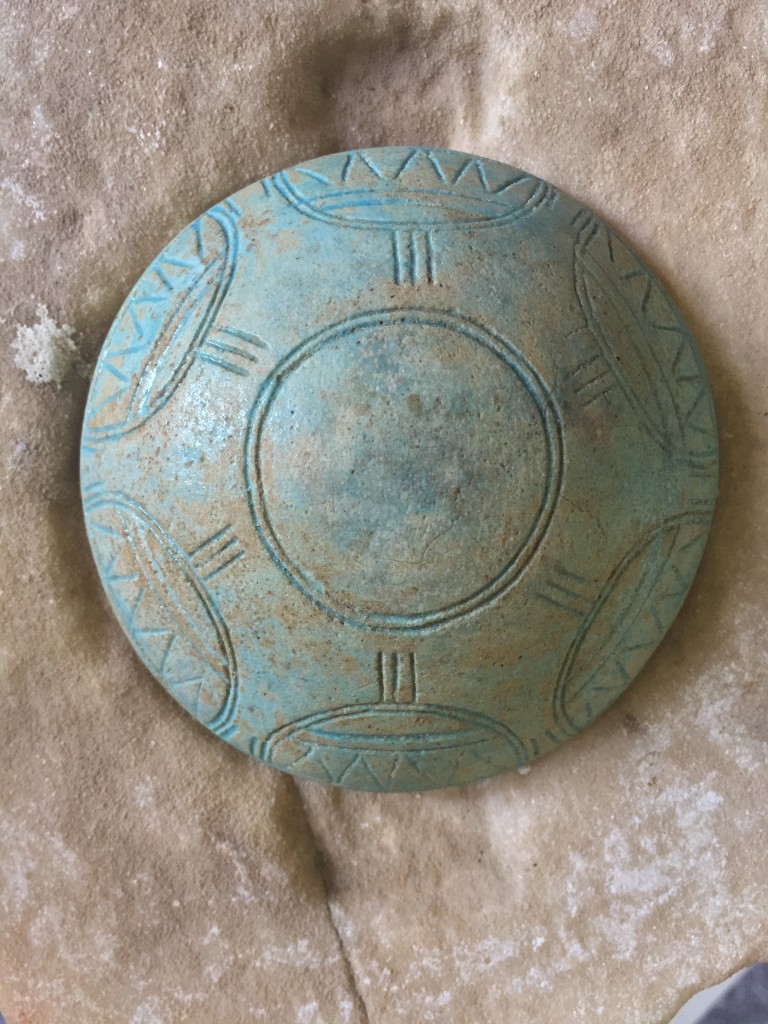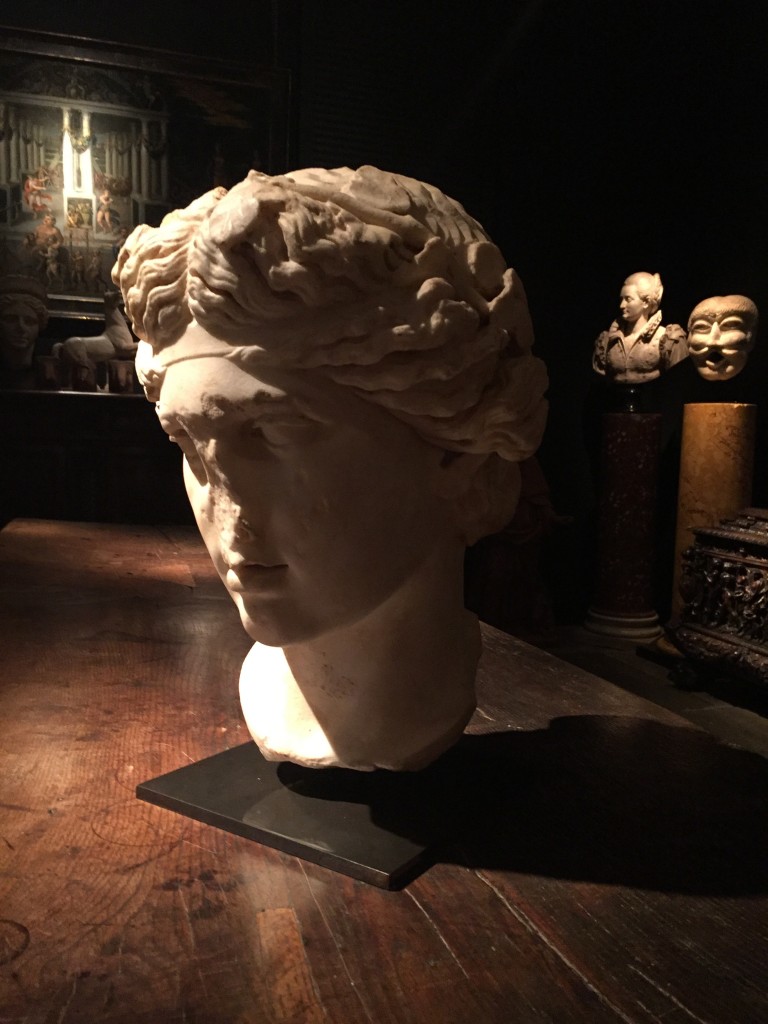Last week I paid a visit to my good friend Dino Tomasso of Tomasso Brothers Fine Art at their main showroom, Bardon Hall in Leeds. In my opinion they are head and shoulders above their peers and totally self-made. I remember the first time I visited their gallery nearly eighteen years ago and feeling about five years old as they seemed so advanced. They already had major discoveries under their belts like the Romano Egyptian basanite statue of an Egyptian Queen (circa 2nd century A.D.), from Hadrian’s Villa at Tivoli, near Rome, and numerous works by Giambologna and his circle, amongst countless other finds.
Then years later we shared the former Jamb showroom on Dove Walk. I feel lucky to know Dino and Raff Tomasso. As one of the worlds leading art dealerships, notably of European sculpture from the early Renaissance to the Neo-Classical period, their knowledge is supreme and their stories inspirational. Their particular passion is European Renaissance bronzes and they were one of the sponsors of the extraordinary ‘Bronze’ show at the Royal Academy of Arts, in 2012, which The Independent reviewed as being ‘little short of a miracle’.
At their recent, successful and critically acclaimed exhibition in New York of Important European Bronzes, the gallery sold an exquisite 16th century bronze by Giambologna entitled ‘The Hohenzollern Mars’, which was in the collection of the German princely house of Hohenzollern-Sigmaringen, probably since the time of its creation in the late 16th century, when the formidable Charles II (1547-1606) was head of the family.
16th century bronze by Giambologna entitled ‘The Hohenzollern Mars’.
Giovanni, Lucia and Raff.
Dealing runs in their blood and similar to myself, the ball started rolling when they were children, working from Gledhow Hall, an 18th century mansion, once painted by J.M.W. Turner. Visiting Bardon Hall is an experience that one is lucky to have. It is museum-like with every room off the main hall brimming with a hoard of exquisite treasures.
The collection they have put together is staggering. I wasn’t sure how Dino would be able to isolate his most prized pieces from the treasure trove. He showed me so many wonderful objects that day and here are eight of his favourite things
(1)
Series of four Marble Frederick II, Antique Inspired Profile Reliefs
“I particularly love these marbles because of their extreme rarity. The middle of the 13th century when Frederick II Hohefstauffen was Holy Roman Emperor was a fascinating period in the resurgence of the classical world and the influence that the Ancient world had on future generations is something which has always intrigued me whilst learning about the history of art. As in the case of these four reliefs, the re-use of Ancient materials in the Medieval times shows how innovative artists have been throughout the millennia”.
“Upon closer inspection one can see that these reliefs are all made at the same time but re-using varying different types of marble fragments from Ancient Rome”.
(2)
“Most things that Raff and I buy we will sell on but this is the only sculpture I would be loath to part with. First of all, it’s my favourite ancient model – the Ludovisi Mars, and I remember being so excited when I purchased this over twenty years ago. I knew straight away that this was a rare find as the model is seldom depicted in bronze during the 17th century”.
(3)
13th century Tuscan Pre -Renaissance painting of the Madonna and Child with adoring angels.
“Again from the 13th century, at the height of the Romanesque period is this serene image of The Madonna and Child. Dating to circa 1240, just before the dawning of what is now termed ‘the age of modern art’ that Giotto founded. What I like about this period is that not many of the artist’s names were recorded and therefore you fully appreciate the work of art, the actual object itself, without being consumed by who the artist is. This ethos of appreciating the object first is something which I aspire to. I find this painting hauntingly spiritual and there is a connection in the aesthetics here with the purity of the symmetry within Japanese sculpture. I love this object so much. I really do. Although I’m just a guardian for a while and then it will move on.”
(4)
Ptolomaic Amulet Brooch of a young prince.
“Let me show you something really exciting. This miniature scale, highly exquisite carving is over 2000 years old and I find it an extremely sensual object. It is made from Basanite, and probably carved in Alexandria, Egypt, during the last period of Egyptian independence from the Roman Empire. It was originally part of an amulet brooch and is one of the highest quality miniature carvings in hardstone I have ever seen. If one looks closely at the details, one can see the finesse of carving, especially how the ears are rendered.”
(5)
“I like all periods and materials: Bronzes, coloured marbles, paintings, Ancient Egyptian, Greek and Roman works of art, but let me surprise you, not many people know that another passion of mine is Oriental Sculpture. I collect mainly Japanese sculpture but now and again, because of the serenity that is held within certain pieces, I also collect Chinese sculpture. I’ve never studied Buddhist philosophy but I find that these works of art are incredibly moving.”
(6)
“This is one of my latest and favourite acquisitions. A hand-sawn cut segment of Breccia-Africano marble flooring from a Roman palace. I couldn’t resist it. One has to feel the surface. The marble undulates under one’s touch. I am turning it into a table and am going to mount it on an Ancient Roman marble socle…..the best coffee table around!”
(7)
“Believe it or not I bought this from my nine-year-old niece. We bumped into each other in the Pyrenees, whilst on our way to family holidays and she showed me a small ceramic bowl she had just bought from a Brocanteur in Paris. I was fascinated by the object and asked her how much she had paid, to which she answered ‘it was 50 euros uncle Dino.’ I then preceded to ask Arabella how much she wanted for it, to which she answered ‘500 pounds’. I offered her 500 euros to which she immediately retorted ‘that’s less than 500 pounds’….a little dealer in the making. Needless to say my niece won the day.”
(8)
“I particularly love this marble head of Dionysus, his features and his down-cast gaze are closely comparable to those found in a small group of Roman portrayals of Dionysus and Apollo after Hellenistic types, datable to the 1st and 2nd centuries A.D., now held in museums worldwide. The Hellenstic roots of these figures can be observed in the neatly defined, deeply carved curly locks, the almond-shaped eyes framed by beautifully arching eyebrows and the slightly parted lips, a detail that, together with the turning of the head, endows the compositions with a subtle, almost hesitant, sense of movement. These characteristics are fully shared by the present head, which appears to be closest to the Capitoline bust, albeit more delicate in the treatment of the surface and more elegantly restrained in its suggestion of movement. The Capitoline Dionysus Taurus model was brought to Paris in 1797, when it was selected for the Musée Napoléon at the Louvre, and resided here until 1815. This work was named ‘Taurus’ because of the appearance of small horns beneath the figures’ hair. This looks back to late Hellenistic models and the concept of fecundity, which also appears in the iconography and attributes of other gods.”
And Finally…..
“This remarkable funeral stele is a wonderful example of both sculpture and poetry and sits in my office as a constant reminder to myself to seize the day. The high relief portrays a young man restraining a horse with an inscription of a beautiful elegiac poem:
” The one lying here is me, Apion, the son of Bion,
Childless, with an untimely death. I fulfilled twenty years
And three on top of those. I pitiable man, died in three days.
My parents longed for me.
For me no one hung a bridal curtain, no one sang a wedding song,
No one lit the candle of the Nymphs. Instead they carried me
With many lamentations and tears to this place
Where I have to reside for the time remaining.
Enough of this: rather, passer-by, after having bemoaned my fate
Go where it pleases you, and may you get what you want.”
“To me this small, intimate object, epitomises all that has attracted me to studying, and having the good fortune to deal in beautiful works of art from the last five millennia of man’s artistic creation. I feel very privileged indeed.”
For further enquiries please contact Tomasso Brothers Fine at
12 Duke Street St James’s London SW1Y 6BN 020 7839 9394 and
Bardon Hall Weetwood Lane Leeds LS16 8HJ 0113 275 5545
info@tomassobrothers.co.uk www.tomassobrothers.co.uk
Exhibiting: London Art Week 1st – 8th July 2016









